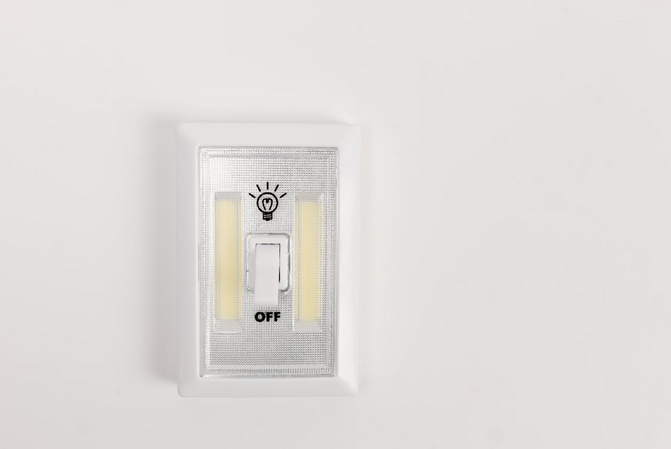
There are many ways you can contribute to global sustainability. At www.news.de, you’ll learn how to start your contribution from your home. Whether you’re an architect, developer, or simply a conscious individual looking to make a positive impact on our planet, understanding the key considerations used to pass the LEED certification program is essential.
From energy efficiency and water usage to air quality and responsible land use, each aspect plays a vital role in creating buildings that are not just environmentally friendly but also healthier for occupants. So, let’s dig deeper into this green movement and explore why obtaining a LEED certificate could be your ticket to a brighter future.
Energy Efficiency

The goal is simple: reduce energy consumption and minimize environmental impact. But how exactly does one achieve this? It starts with thoughtful design and strategic choices. It means to optimize a building’s energy performance. This includes implementing efficient insulation, utilizing natural lighting, and switching to renewable energy, like wind turbines or solar panels.
Another aspect to consider is the use of smart technologies that automate systems like lighting and HVAC, ensuring they operate only when needed. Energy-efficient appliances and equipment also play a crucial role in minimizing electricity usage.
Water Usage
Water conservation not only helps the environment but also reduces utility costs for building owners and tenants. There are several key considerations that must be met to pass the LEED Certification Program related to water usage. The first one is implementing efficient plumbing fixtures and fittings. Next up, capturing rainwater through systems like rain barrels or cisterns can also help offset the need for potable water in irrigation systems while scoring high in the LEED.
Another consideration is reducing outdoor water usage by selecting drought-tolerant landscaping and utilizing smart irrigation technology. Furthermore, strategies such as graywater recycling can be employed to reuse wastewater from sinks, showers, and laundry machines for non-potable purposes such as toilet flushing or landscape irrigation.
Air Quality
Air quality is also one of the key considerations in LEED certification. The goal is to create an indoor environment that promotes the health and well-being of occupants. This involves minimizing pollutants and ensuring proper ventilation. The best strategy you can try is to promote good air quality by using low-emitting materials, such as paints, adhesives, and furniture – no VOCs released are in the air. You can also aim for better insulation. Proper airflow helps dilute contaminants and brings in fresh outdoor air. Strategies for achieving this include using efficient HVAC systems with high-quality filters, designing spaces with access to natural ventilation, and monitoring indoor air quality regularly. As a bonus, maintaining good humidity levels can also help.
Responsible Land Use

Finally, this aspect focuses on how the building project interacts with its surrounding environment and community. It emphasizes the importance of preserving open spaces, protecting natural habitats, and promoting sustainable transportation options. One way to demonstrate responsible land use is by selecting a site already developed or located in an urban area with existing infrastructure. Doing so can minimize the impact on undeveloped land and reduce the need for additional resources. Additionally, incorporating green spaces within the building design promotes biodiversity and enhances overall aesthetics. Rooftop gardens or landscaped courtyards not only provide visual appeal but also help mitigate stormwater runoff by absorbing rainwater naturally.
Final Verdict
If you are passionate about sustainability and want to make a positive impact on the environment, obtaining a LEED certificate can be an excellent choice. It showcases your commitment to green building practices and sets you apart as a leader in sustainable design and construction. Not only does achieving LEED certification demonstrate your dedication to environmental responsibility, but it can also provide tangible benefits.
